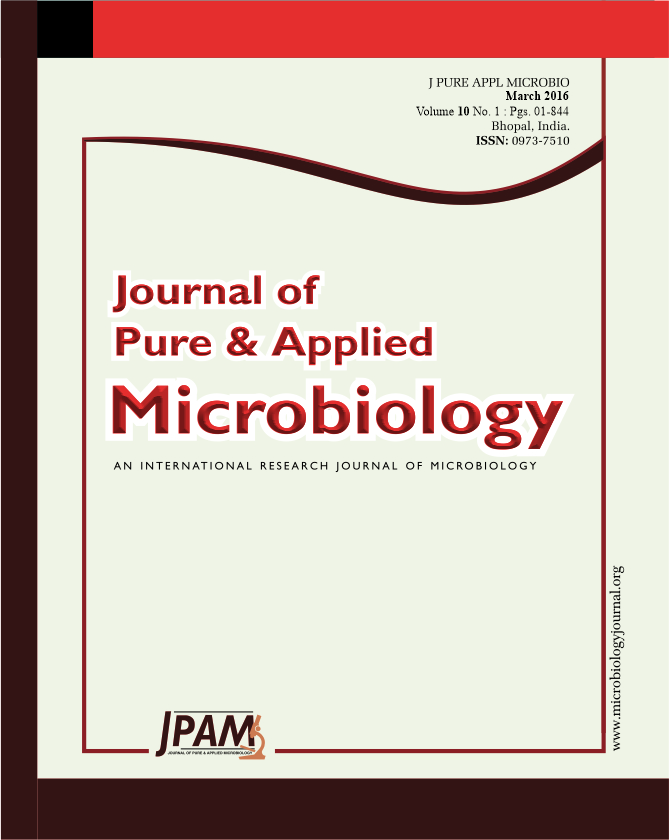The Study aimed to compare the efficacy of MALDI-Tof identification system with conventional biochemical tests. Six water samples collected in duplex from water bodies of Mathura region were subjected to culturing, predominant strains isolation. Cultures were subjected to thirty-three different biochemical tests and MALDI-Tof-MS analysis. Biochemical tests predicted that Sample A, B & F belonged to Achromobacter genera, Sample D & E to Rhizobium genera while Sample C to Pantoea Spp. MALDI-Tof analysis demonstrated that Sample A spectra resembled Achromobacter denitrificans DSM 30026T DSM, Sample B to Hafnia alvei 20740_1CHB, Sample C to Pantoea Spp., Sample D & E to Rhizobium radiobacter B177 UFL & Rhizobium radiobacter DSM 30147T HAM, while Sample F to Sphinogobacterium mizutaii DSM 11724T HAM. Both methods displayed 66.67% result similarity. MALDI effectively distinguished between serovars of Rhizobium, indistinguishable within biochemical tests. Controversial results were obtained for Sample B & F due to several limitations of Biochemical assays. Identified microbial strains were found associated with opportunistic infections (Achromobacter caused), diarrhoea (Hafnia caused), neonatal septicemia, death (Pantoea spp. caused) and hematological malignancy (Rhizobium radiobacter caused) indicating the etiology of several endemic diseases. Thus, results indicated that MALDI could develop as a rapid identification tool over conventional biochemical assays.
MALDI-Tof-MS; Biochemical analysis; Achromobacter; Hafnia; Pantoea and Rhizobium.
© The Author(s) 2016. Open Access. This article is distributed under the terms of the Creative Commons Attribution 4.0 International License which permits unrestricted use, sharing, distribution, and reproduction in any medium, provided you give appropriate credit to the original author(s) and the source, provide a link to the Creative Commons license, and indicate if changes were made.


